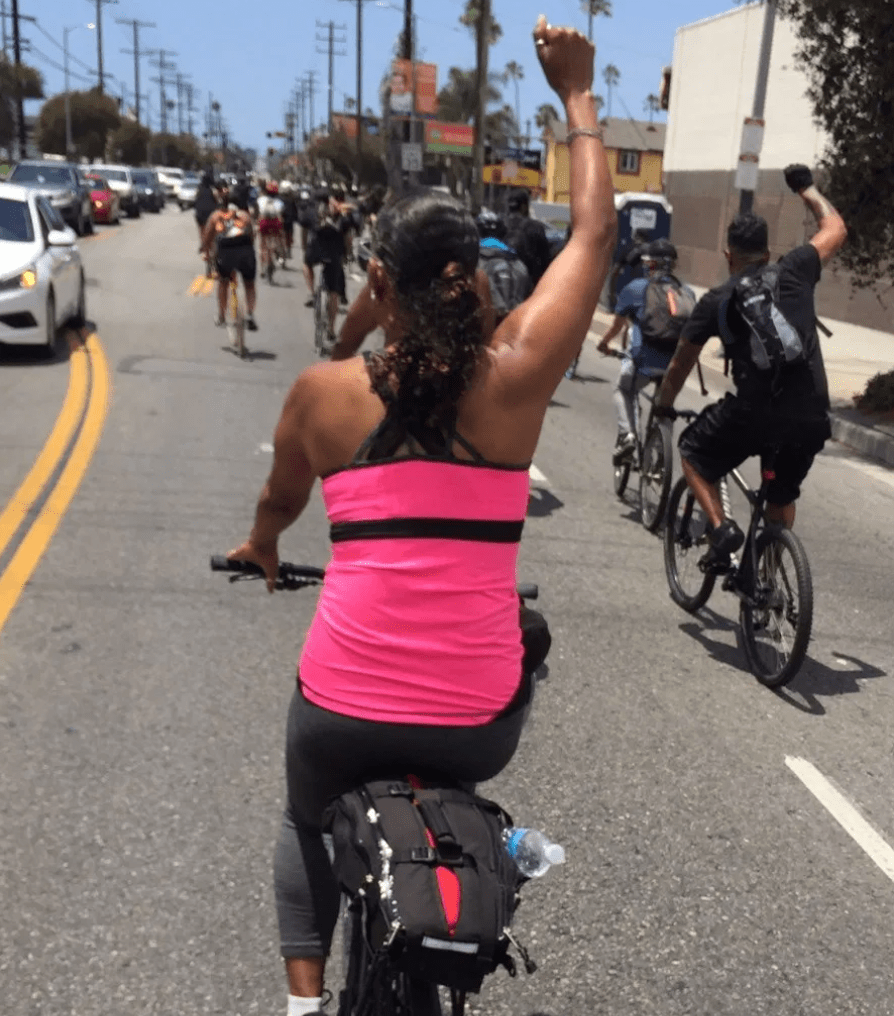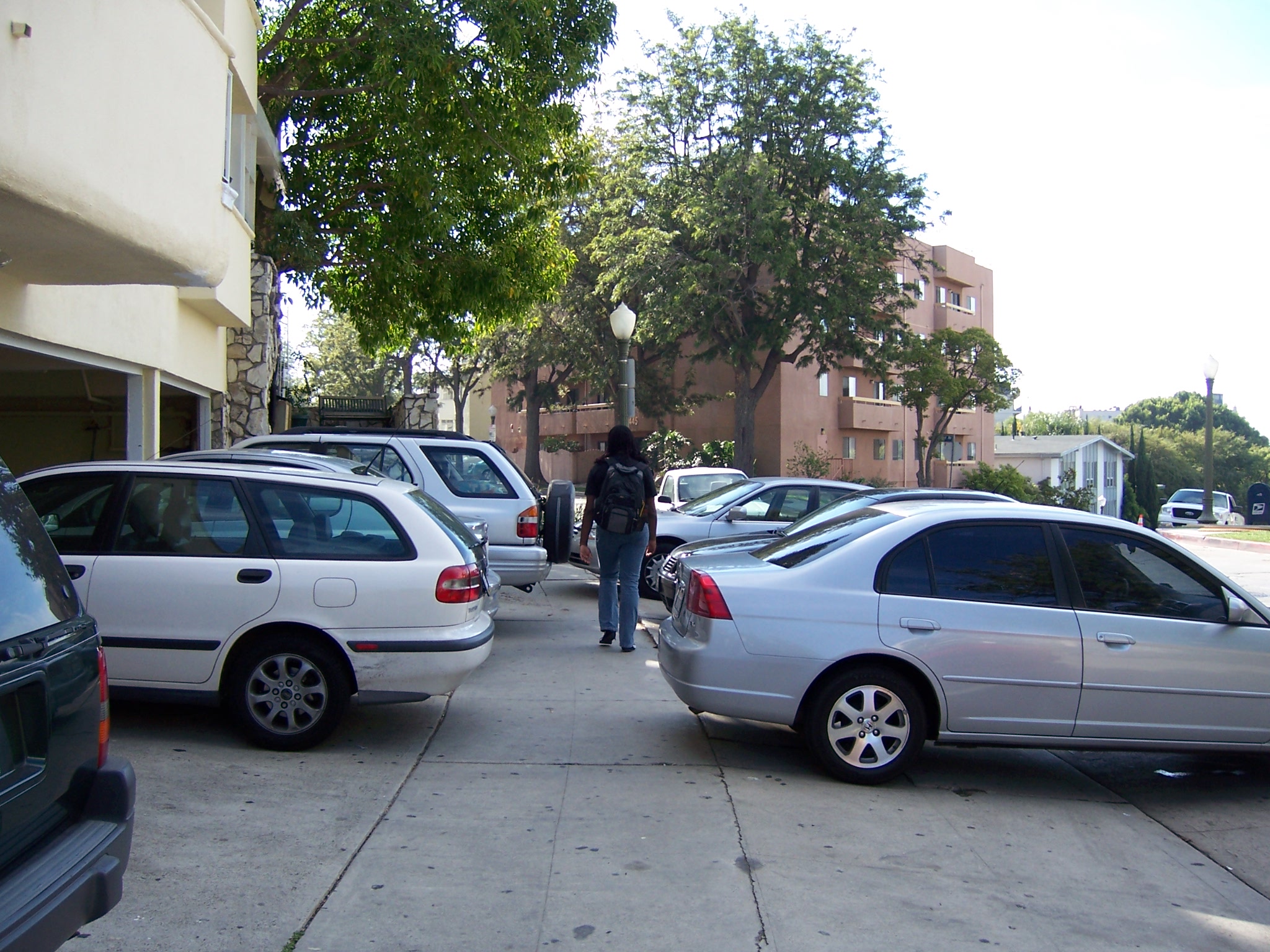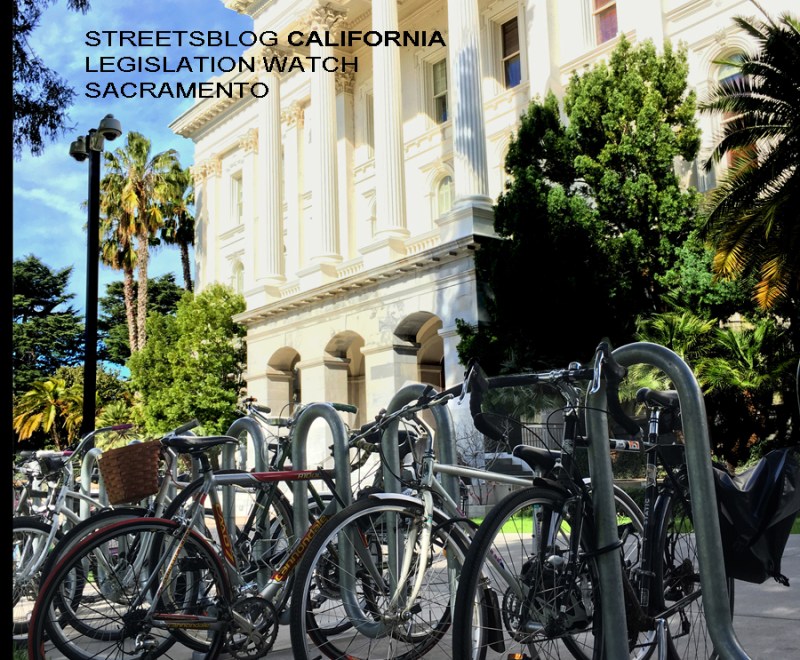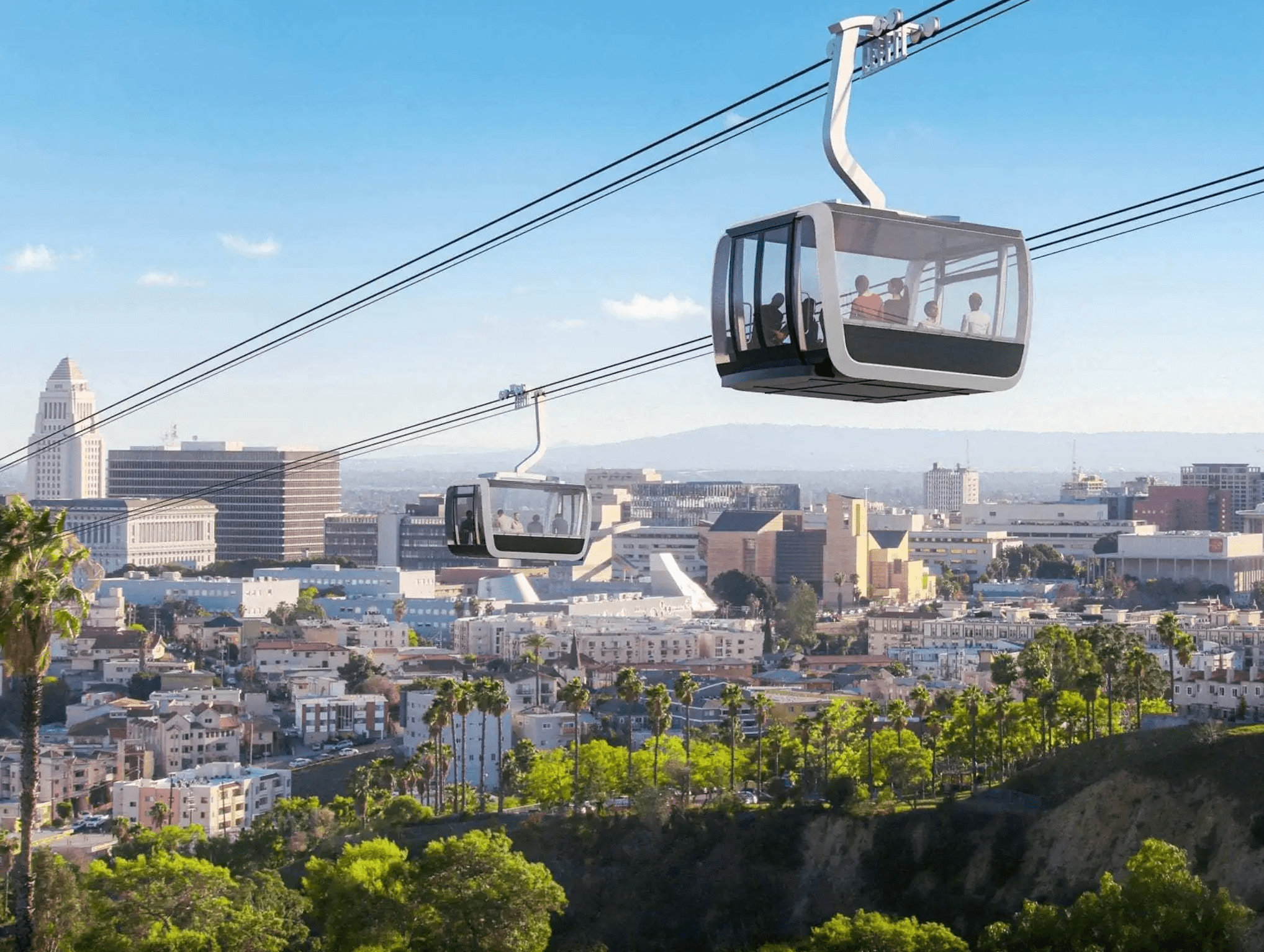For some people, the images of millions of Americans taking to the streets to protest the murder of George Floyd, the relentless police brutality of our criminal justice system, and the white supremacy that infests American society are scary... but not because they disagree with the protestor's messages.
They're worried about the pandemic. Protestors seem to be putting themselves, and a lot of other people, at risk of being infected by a virus that can be spread by people who have no symptoms and no idea they're contagious. And if there is a spike in new cases nationwide, there will be hand-wringing in the media and from politicians chiding protestors and using it to discredit the Black Lives Matter movement.
If you're reading this, you probably recognize my name as someone who has written at Streetsblog for over a dozen years, and with that in mind I have one simple ask:
Don't fall for it. Don't blame the protestors. Don't blame Black Lives Matter.
Dr. Lauren Powell explains in the Guardian.
It’s a privileged perspective, to state that I am solely being a good citizen by staying home. At the root, it’s racism that is perpetuating the inequities of COVID-19, that caused George Floyd to be murdered, that has police using excessive force on peaceful protesters. It’s racism that has a national leader potentially unleashing militarization upon the country.
As a public health professional, I recognize the challenges of a pandemic, but this is a moment that so many of us do not have the privilege to turn away from. There has never been a convenient moment to protest.
Powell is right. There is never a wrong time to protest a murder, police brutality, or systematic racial injustice. Protestors are taking to the streets in times that are already fraught, but the virus and the accompanying widespread economic uncertainty only highlight how urgent the message is.
Health experts seem split on whether or not the protests will become a "super spreader" of the COVID-19 virus. Some say we don't know enough about the virus yet, and we will have to wait and see. Others are more alarmed, and urge protestors to get tested immediately and consider self-quarantine.
And while there is no consensus on predicting the impact the protests will have on the spread of COVID-19, there is clear consensus from the public health community on two related issues.
First, the physical and emotional toll of being BIPOC in America is overwhelming, even if one can avoid confrontations with police or overt racism. Every day that America does not make systematic changes to the ingrained biases that society is built on is another day that allows the disease of racism to take hold.
“If you point your fingers at a symptom, which is a protest, you’re missing the root cause, which is systemic racism,” says Abraar Karan, a physician at Harvard Medical School working on the COVID-19 response, in an article on The Verge.
That article goes on to demonstrate that the re-opening schemes happening in many states, including California, will cause a faster increase in COVID-19 transmissions than the protests happening in our public spaces.
As of the end of last week, only six states met the originally stated federal guidelines for when states should begin re-opening. Yet, almost every state in the country is moving forward with re-opening plans that include allowing people to be indoors with groups of people with whom they are not sheltering. The premature relaxing of rules caused The Atlantic to proclaim that "America is giving up on the pandemic."
In addition, the re-openings send a message that the impacts of the virus are reduced or going away, but at this point we don't have the data or systems in place to know this. The messaging leads to a mistaken view that less concern and care is warranted, and social distancing guidelines can be taken as mere suggestions, which will likely lead to a new spike in cases.
And last, the efforts to suppress the protests through gas attacks, be it tear gas or a "gaseous substance that causes tears," is harming the respiratory systems of protestors, the police, bystanders, and people living near where protestors were attacked.
In "Tear-Gassing Protesters During an Infectious Outbreak Called 'A Recipe For Disaster,'" on National Public Radio, Duke University researcher Sven Eric Jordt described the effects of these chemical agents:
"You have this excruciating pain, sneezing, coughing, the production of a lot of mucus that obstructs breathing," Jordt says.
People describe a burning and stinging sensation, even a sense of asphyxiation and drowning. Sometimes it causes vomiting or allergic reactions.
In law enforcement, officers generally use two types of chemicals for crowd control: CS gas and pepper spray.
The active ingredient in pepper spray, called capsaicin, is derived from chiles. It's often sprayed from cans at close quarters or lobbed into crowds in the form of "pepper balls."
So if and when COVID numbers roar back to pre-reopening levels and the blame game begins in the media, remember that there are people who didn't have a choice to keep silent. And then there were others who were mad about their barbershop being closed, who were misled by government action, or who attacked the people who pay their salaries with caustic chemicals that risk harm to respiratory systems. My guess is a lot of the faces that represent the latter choices will be left out of the media coverage.
Don't fall for it. Don't blame the protestors. Don't blame Black Lives Matter.





